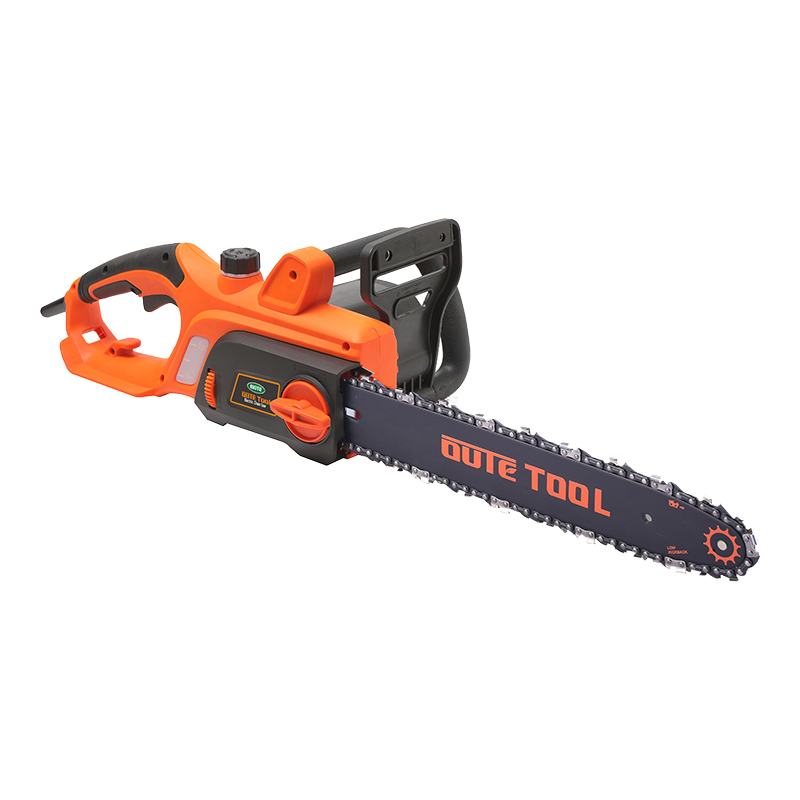The powerful chainsaw, a tool that has become synonymous with efficiency and power in the forestry and construction industries, has undergone a remarkable transformation since its inception in the early 20th century. From its humble beginnings as a cumbersome manual tool to the sleek, lightweight, and efficient devices we see today, the powerful chainsaw has come a long way.
The journey of the powerful chainsaw began in the early 1900s when the patent for a chainsaw-like device was filed. These early models were far from the powerful chainsaws we know today. They were large, heavy, and required two operators—one to handle the saw and the other to power it, typically through a steam or gasoline engine. The noise was deafening, and the fumes were hazardous, making them not only cumbersome but also dangerous to operate.
As the century progressed, the powerful chainsaw began to evolve. The introduction of lightweight engines and improved designs allowed for the development of portable chainsaws. These new models were a game-changer, offering a level of mobility and ease of use that was previously unimaginable. The powerful chainsaw was no longer confined to stationary use; it could now be carried into the field, making it a staple for loggers and arborists alike.
The latter half of the 20th century saw a surge in technological advancements that further refined the powerful chainsaw. Engineers focused on reducing weight, increasing power, and improving safety features. The introduction of better materials, such as lightweight aluminum and high-strength plastics, allowed for the creation of even more portable and durable chainsaws. The powerful chainsaw was now not only a tool for professionals but also accessible to the average homeowner for tasks like tree trimming and firewood cutting.
With the advent of digital technology, the powerful chainsaw entered a new era of sophistication. Electronic ignition systems replaced the old pull-cord starters, making starting the chainsaw a breeze. Advanced safety features such as chain brakes and kickback reducers were integrated into the design, significantly reducing the risk of injury. Additionally, digital controls allowed for fine-tuning of the powerful chainsaw's performance, catering to specific cutting needs.
In recent years, the focus has been on efficiency and environmental impact. Powerful chainsaws now come with energy-efficient motors that consume less fuel or, in the case of electric models, eliminate emissions altogether. The development of lithium-ion batteries has been a significant milestone, offering longer runtimes and faster charging times. This has made the powerful chainsaw not only a tool for cutting wood but also a symbol of sustainable technology.
Looking ahead, the future of the powerful chainsaw is bright. Advancements in battery technology and electric motors are expected to make electric chainsaws as powerful as their gas-powered counterparts. Innovations in ergonomics and user interface design will continue to make the powerful chainsaw more user-friendly and accessible. Furthermore, the integration of IoT (Internet of Things) technology will enable remote monitoring and diagnostics, further enhancing the powerful chainsaw's performance and longevity.
The powerful chainsaw has come a long way from its origins as a heavy, two-man operation to a tool that embodies modern efficiency and power. Its evolution reflects the ingenuity of human innovation and the constant pursuit of improvement. As we look to the future, the powerful chainsaw will continue to be a symbol of progress, pushing the boundaries of what is possible in the fields of forestry, construction, and beyond.
In conclusion, the powerful chainsaw stands as a testament to the relentless drive for innovation and efficiency. Its journey from a cumbersome manual tool to a high-tech, eco-friendly powerhouse is a story of human ingenuity and the pursuit of a better way. As technology continues to advance, the powerful chainsaw will undoubtedly remain at the forefront of cutting-edge tools, ready to tackle the challenges of tomorrow.







